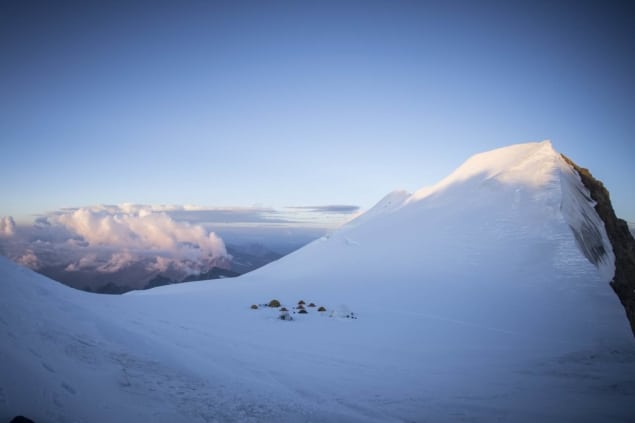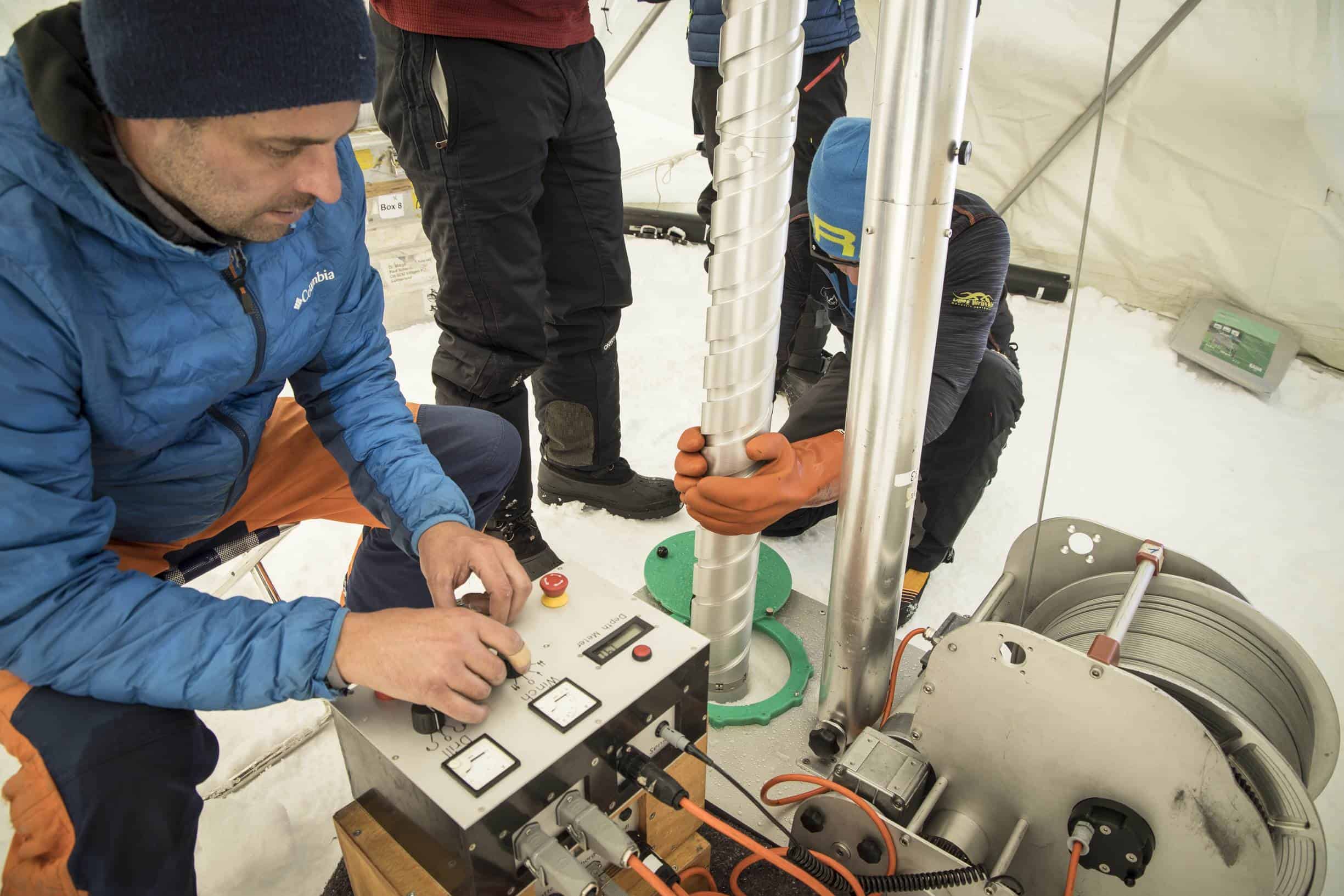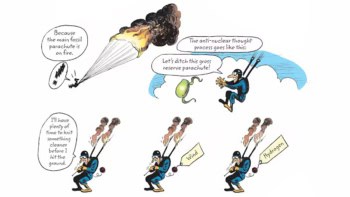
If you’re into home improvement, you may have experienced that sinking feeling of drilling into a wall and hitting something very hard. Whether it’s a metal support or stubborn brickwork the result is the same: you can’t drill any deeper and you may have damaged your drill. Last week, an Italian-Swiss group of climate scientists experienced a similar drilling defeat played out on a grand scale when they were forced to abandon attempts to drill ice cores from a glacier in the Swiss Alps.
The mission was part of Ice Memory, a UNESCO-backed project in which ice cores from several of the world’s threatened glaciers will be extracted and ultimately stored in an “ice sanctuary” in Antarctica. The project’s main goal is to provide future scientists with access to this ice record before it vanishes due to climate change. Tiny bubbles of gas, ancient pollen and possibly even microbes frozen within the ice can reveal information about Earth’s climate history.
“The ice cores also certainly contain still other deposits and residues that could help us answer scientific questions – which ones, we don’t even know yet – in the future”, said Margit Schwikowski, an environmental chemist at the Paul Scherrer Institute, who led the recent expedition.
Breaking the ice
Things began well for Schwikowski’s eight-person team. On Monday 14 September the group set up base camp at an altitude of 4100 m on the Corbassière Glacier, on the Grand Combin mountain massif 90 km east of Geneva. The mission was to extract three ice cores – each with a 7.5 cm diameter – which could extend as far as the underlying rock 80 m below.
But the group soon ran into difficulties. In two closely separated drilling locations, the scientists encountered an unexpected transition at a depth of just 20 m, which halted progress and damaged the drill. In early reports, the researchers suggest they may have encountered ice “lenses” – extremely resistant blocks of ice largely free from sediment.

Not to be deterred, the team managed to transport the equipment to the manufacturer’s lab in Bern to get it fixed. For the third attempt, during the weekend of 19–20 September, the scientists started drilling 10 m away from the previous holes, but progress was yet again halted at the same shallow depth. With harsh weather conditions forecast, the team decided to leave the mountain and postpone the mission.
“The water has complicated the whole operation. We weren’t expecting to find the glacier like this,” said Carlo Barbante, director of Italy’s Institute of Polar Sciences and researcher at Ca’ Foscari University of Venice. “We will need to change the way we drill the ice and hope it’s not too late to extract a full ice core from the Grand Combin.”
A challenging laboratory
Although the scientists will be disappointed, it is not surprising to face setbacks when working in extreme mountain environments. Harsh weather conditions also restricted the number of ice cores retrieved from earlier Ice Memory missions in Bolivia and Russia in 2017 and 2018 respectively. However, both of those missions ultimately resulted in successful ice-core extractions, as did expeditions in the French Alps (2016) and a Russian site in the Altai Mountains (2018).

Barbante is also the co-ordinator of Beyond EPICA, which seeks to drill ice cores in Antarctica, providing a climate record for at least the past 1.5 million years. That project is the follow-up to the European Project for Ice Coring in Antarctica (EPICA), where researchers drilled 3270m deep into the Antarctic ice between 1996–2005, which enabled them to reconstruct the climate history of the past 800,000 years.

Physicist on top of the world
So although this latest mission my have hit a metaphorical brick wall, it is part of a wider programme to preserve the world’s ice record. Undoubtedly there will be further challenges ahead, but climate scientists are depending on it.



